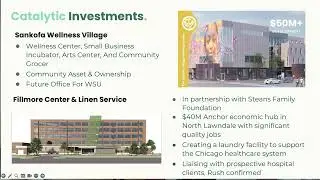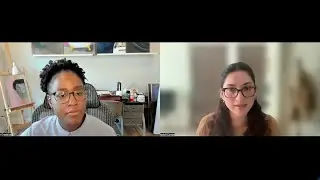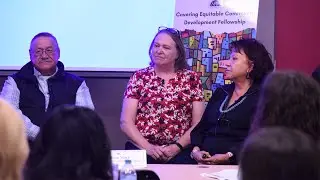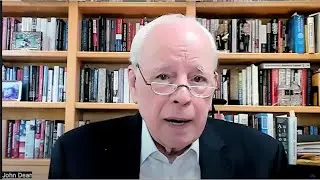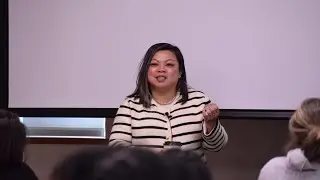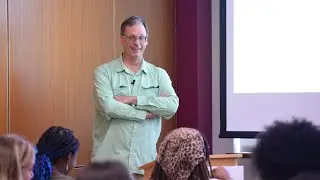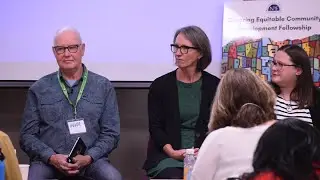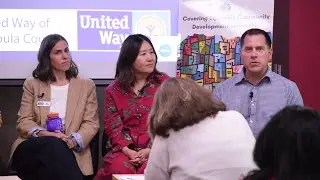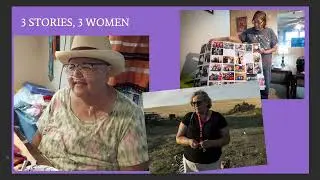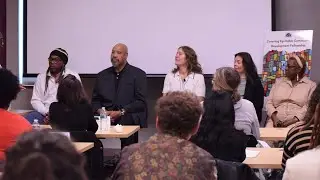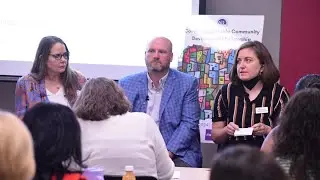Centering Equity When Your Community is Small: Lessons from Montana
There's Always Diversity to Cover – Sometimes It Requires a Fresh Look
Advocates share their journeys to give journalists perspective on how to cover equity issues no matter where they are.
by Rachel Jones, National Press Foundation
When Murray Pierce arrived in Missoula, Montana, from Cincinnati in 1974, the culture shock was real. He was one of 11 Black football players from Ohio’s all-state high school team who were recruited to play for the University of Montana Grizzlies, and Pierce’s father believed that the experience would “make a man out of him.”
Coming from a Black, German and Jewish neighborhood and attending a predominantly Black high school meant that “a lot of adjustment went on, a lot of unlearning had to happen while I was here, too,” Pierce told NPF Covering Community Development fellows on October 9. His recollections laid the foundation for a discussion about how to center diversity, equity and inclusion when your community’s numbers are small.
According to U. S. Census data, in 2022, 85.3% of Montana’s residents were white, 4.5% were Hispanic, 0.6% were Black, 5.9% were American Indian/Alaska Native and 1.1% were Asian/Pacific Islander. Pierce believes journalists can help communities connect by sharing stories and lived experiences that ease suspicions and uncertainties.
“What I find that we’re fighting against, to a very large degree, is that fear. Find out where that fear comes from, how it manifests itself, how people pretty much internalize that.”
That’s what Pierce and other Black students at the University of Montana had to try to do in 1974, and it created a sense of automatic community.
“Community was incredibly important at that time,” Pierce said. “Back then when there was a lot of negativity, when it was easier to cast aspersions, folks could say what they want to say to your face and walk away and do those things. But we stood proud and strong.”
With the leadership of the late Ulysses Doss, the founder of the university’s African American Studies Department, Pierce and other students carved out a solid identity on campus and in the community. Today, Pierce is director of multicultural affairs at the University of Montana and a co-founder of the Montana Black Collective, a self-described social justice and Black activism organization based in Missoula.
For Heidi Wallace, a white Montanan who grew up on the Fort Peck Reservation in northeast Montana, summers on her grandfather’s farm in Wolf Point were her introduction to the complexity of diverse communities.
“I was immersed in a lot of stereotypes and prejudices towards the Indigenous people in Wolf Point,” Wallace said. “It was a literal physical division of othering in the town. That was one perspective. Then I had the romanticized perspective because I was able to go to powwows and celebrations and see this total other perspective of Indigenous culture.”
“I got these really conflicting perspectives of the indigenous people of Montana. I didn’t have the language to ask questions. I didn’t have the opportunities to build friendships across those group lines. I really feel like that was my driving force for wanting to deepen my understanding about, not only indigenous people in Montana, but people different from me.”
Today, Wallace is the executive director of EmpowerMT, an organization founded at U of M in 1998 by people working toward anti-racism, anti-homophobia and rights for transgender individuals.
Twenty-five years after Pierce came to Missoula, Rajiem Seabrook arrived from his home in New York City. People like Pierce were important touchstones for him to settle into the community, after an upbringing that merged his father’s upper-middle-class Black background with his mother’s poverty-stricken roots.
“My grandfather and my grandmother and my great aunts and uncles in that side of the family were the Huxtables before the Huxtables knew they were going to be the Huxtables,” Seabrook said. “Literally, the other side of the tracks was my mother’s family who grew up in the South Bronx on Randall Avenue, and grew up in the housing projects, where there were three times as many rats and roaches as there were apartments available and the people within. … I was very dichotomous by nature, choice and design because I had to live in two different worlds and try to navigate that.”
Speakers:
Murray Pierce, Director of Multicultural Affairs, University of Montana; Co-founder, Montana Black Collective-Missoula
Rajiem Seabrook, Director of Equity and Impact, EmpowerMT
Chris Young-Greer, Director of Racial Justice, Equity and Belonging, YWCA Missoula
Heidi Wallace, Executive Director, EmpowerMT
Jess Monis-Hernandez, Director of Youth Engagement, EmpowerMT
The Covering Equitable Community Development journalism fellowship was sponsored by the Robert Wood Johnson Foundation. The National Press Foundation is solely responsible for its content.
This video was produced within the Evelyn Y. Davis studios.


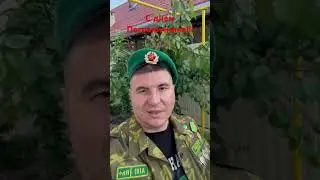


![[FREE] Simba x BM Type Beat -](https://images.videosashka.com/watch/pbjPBwGuI6k)


